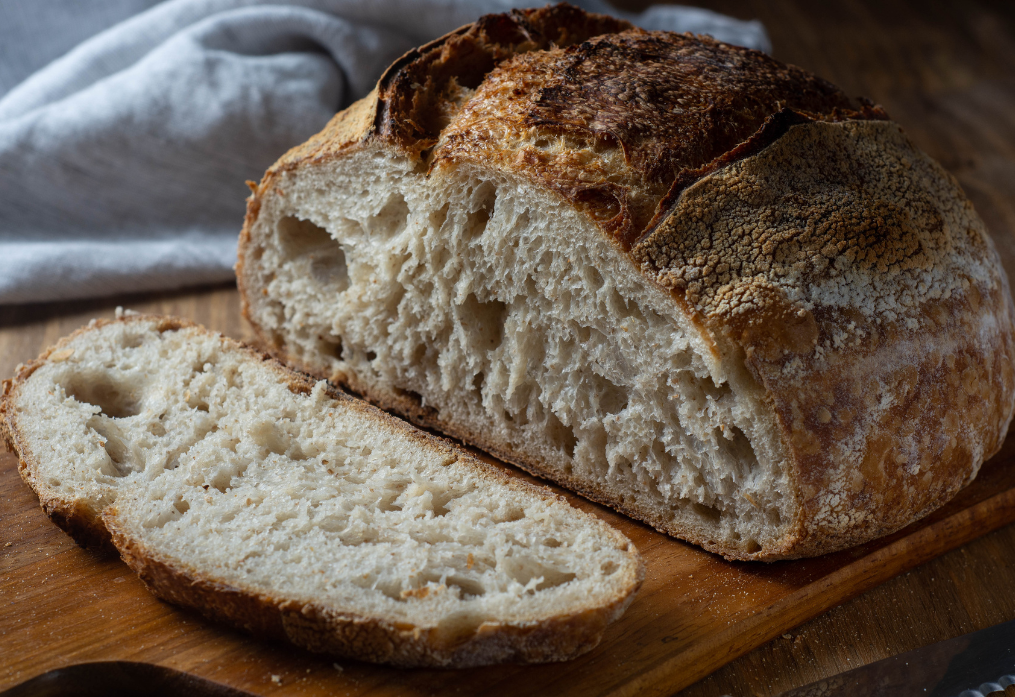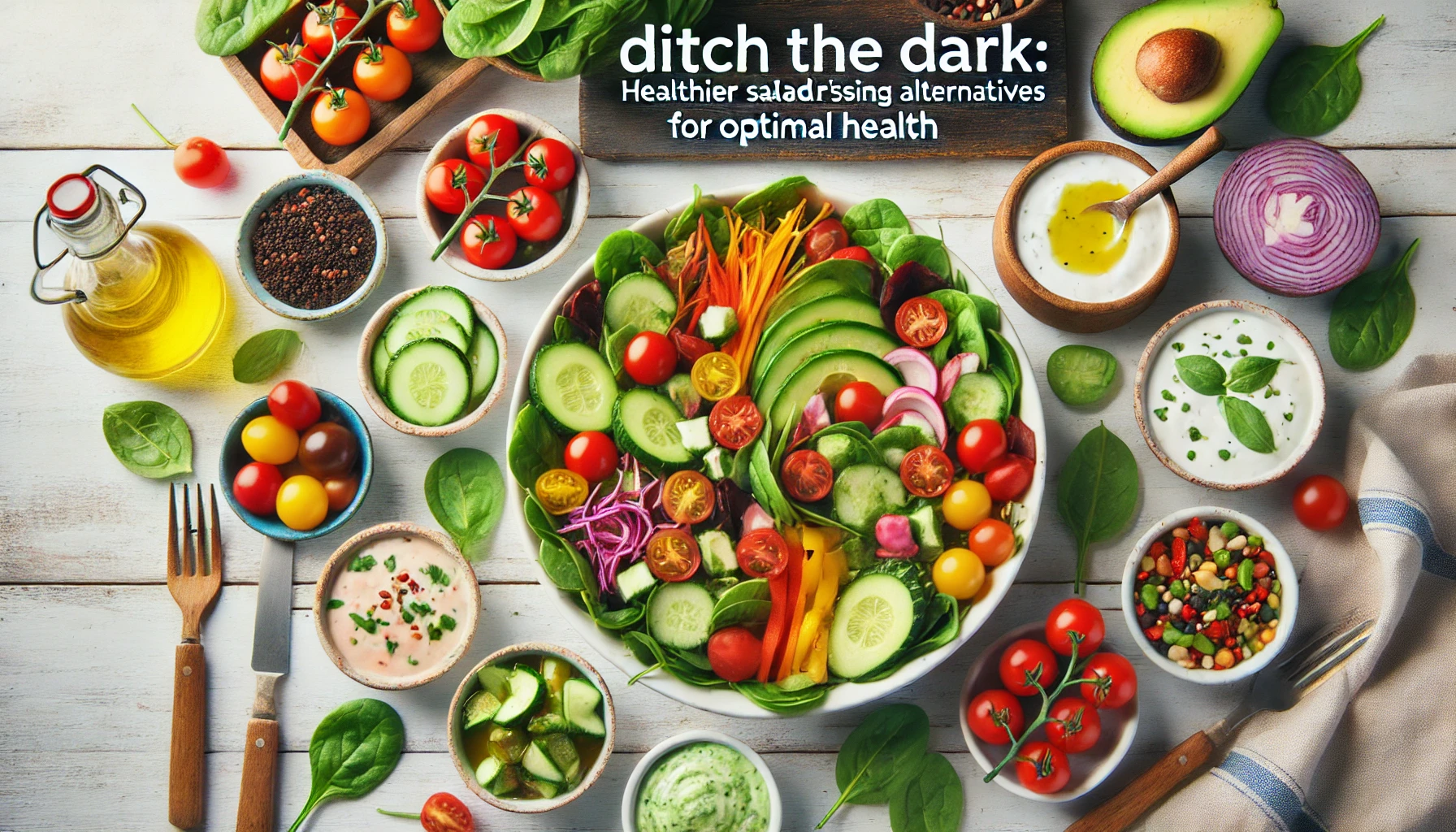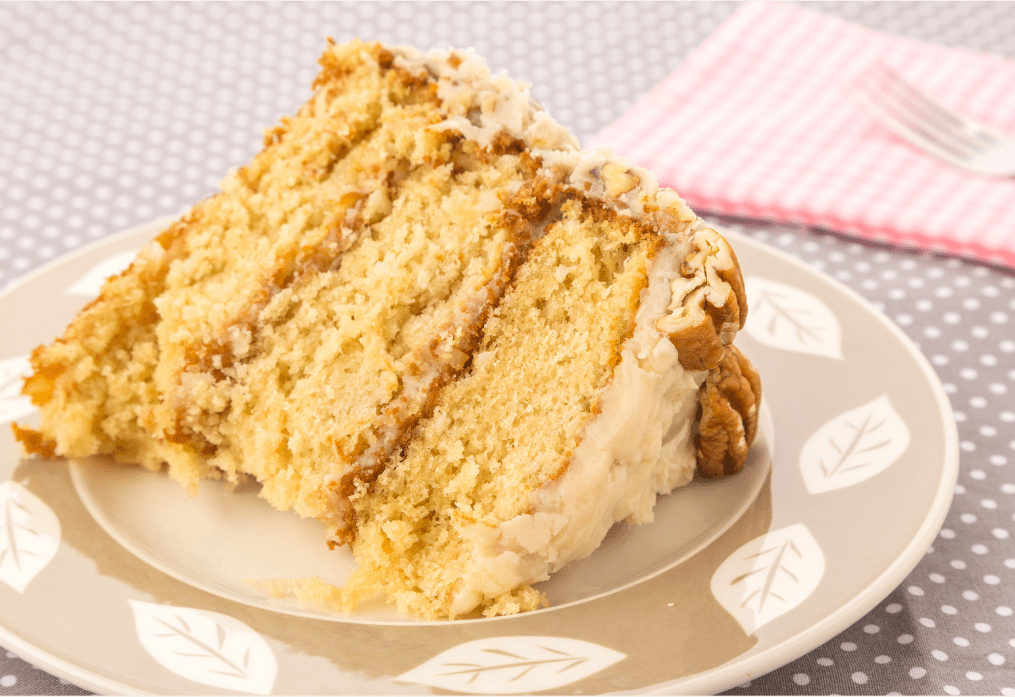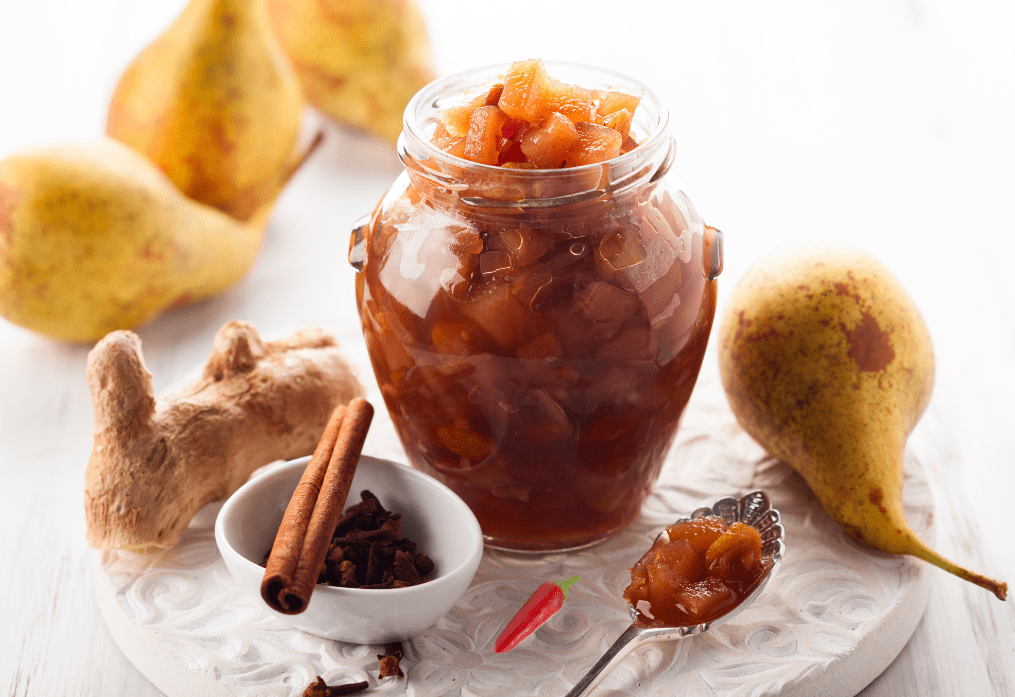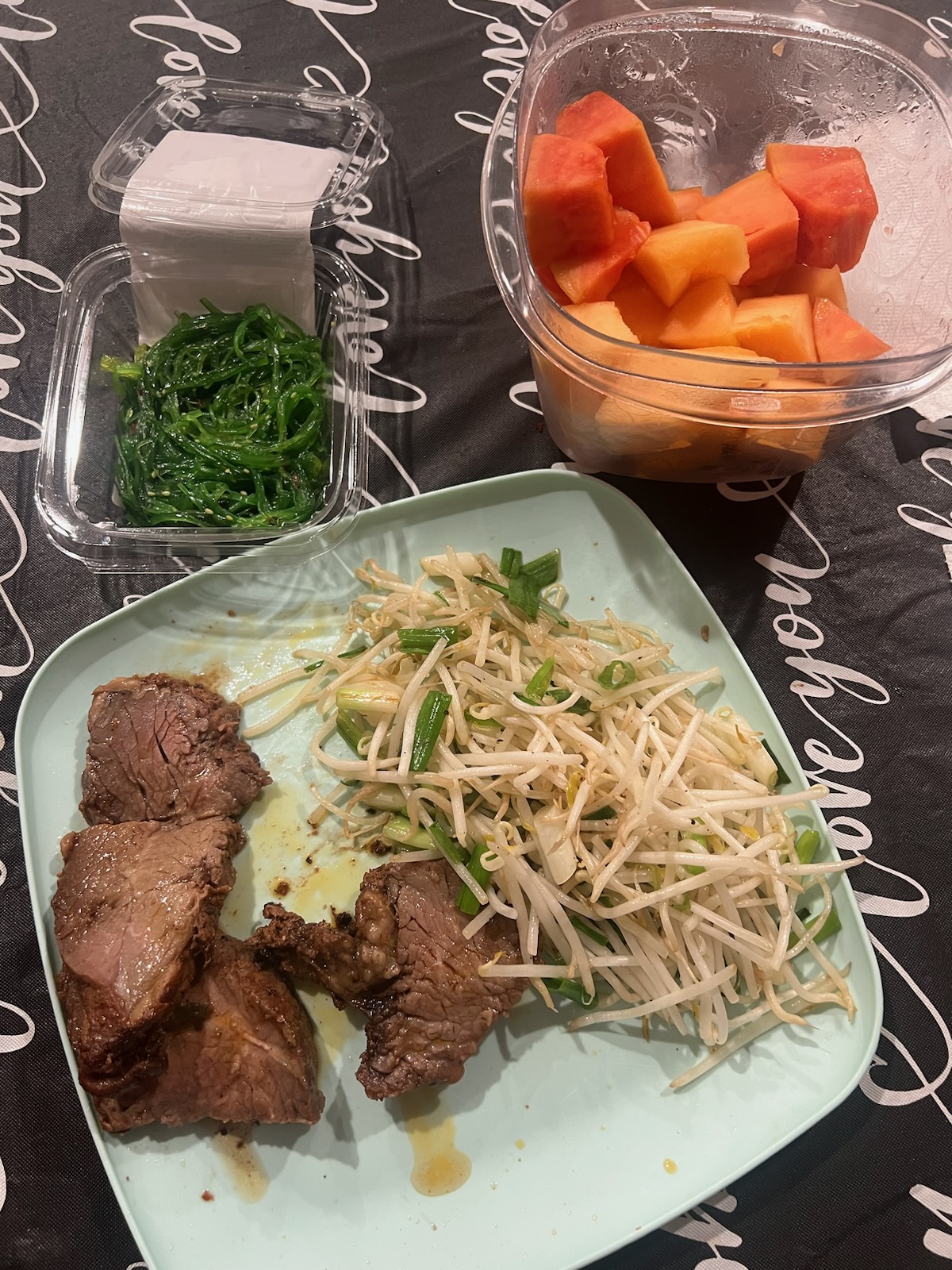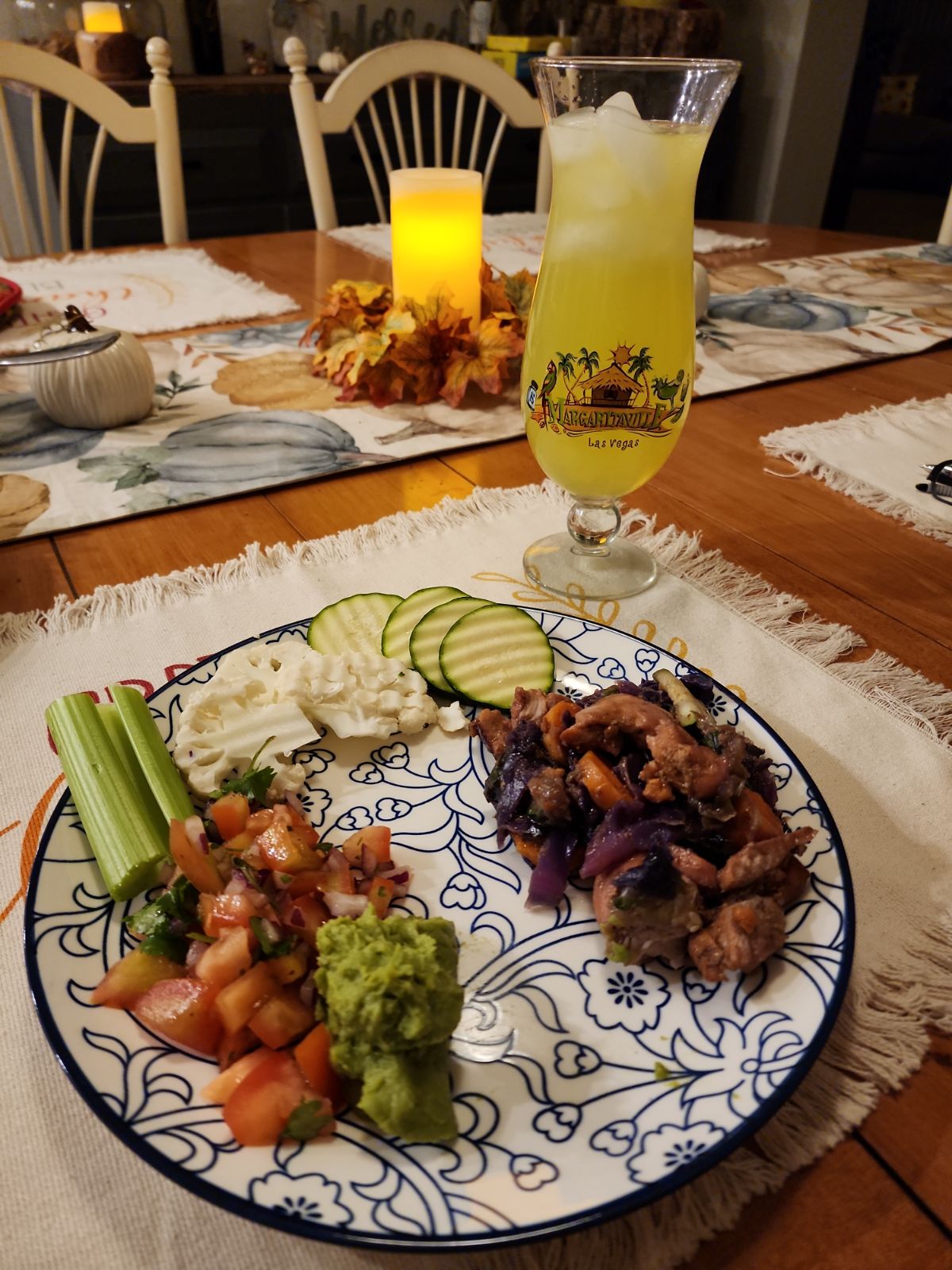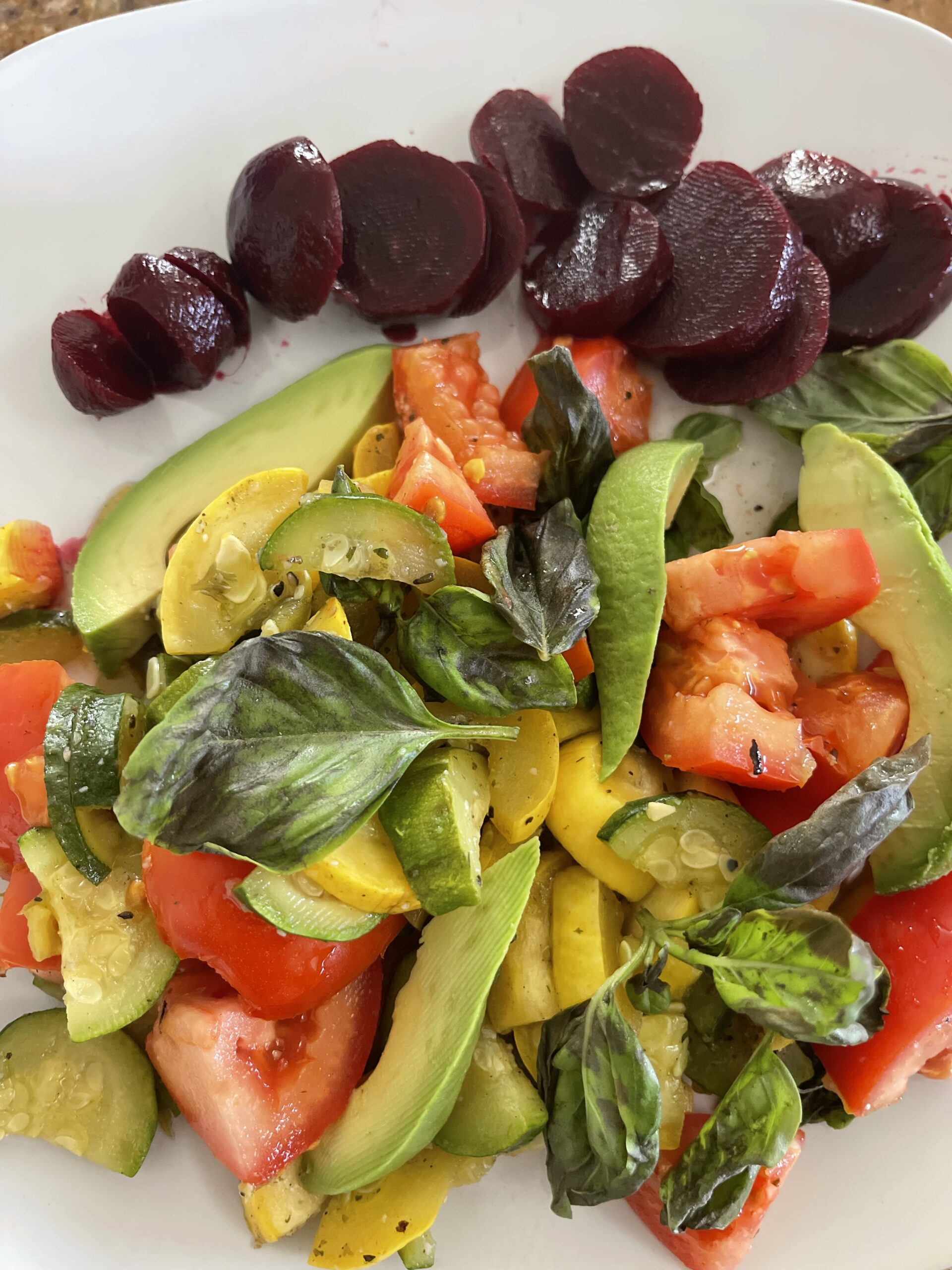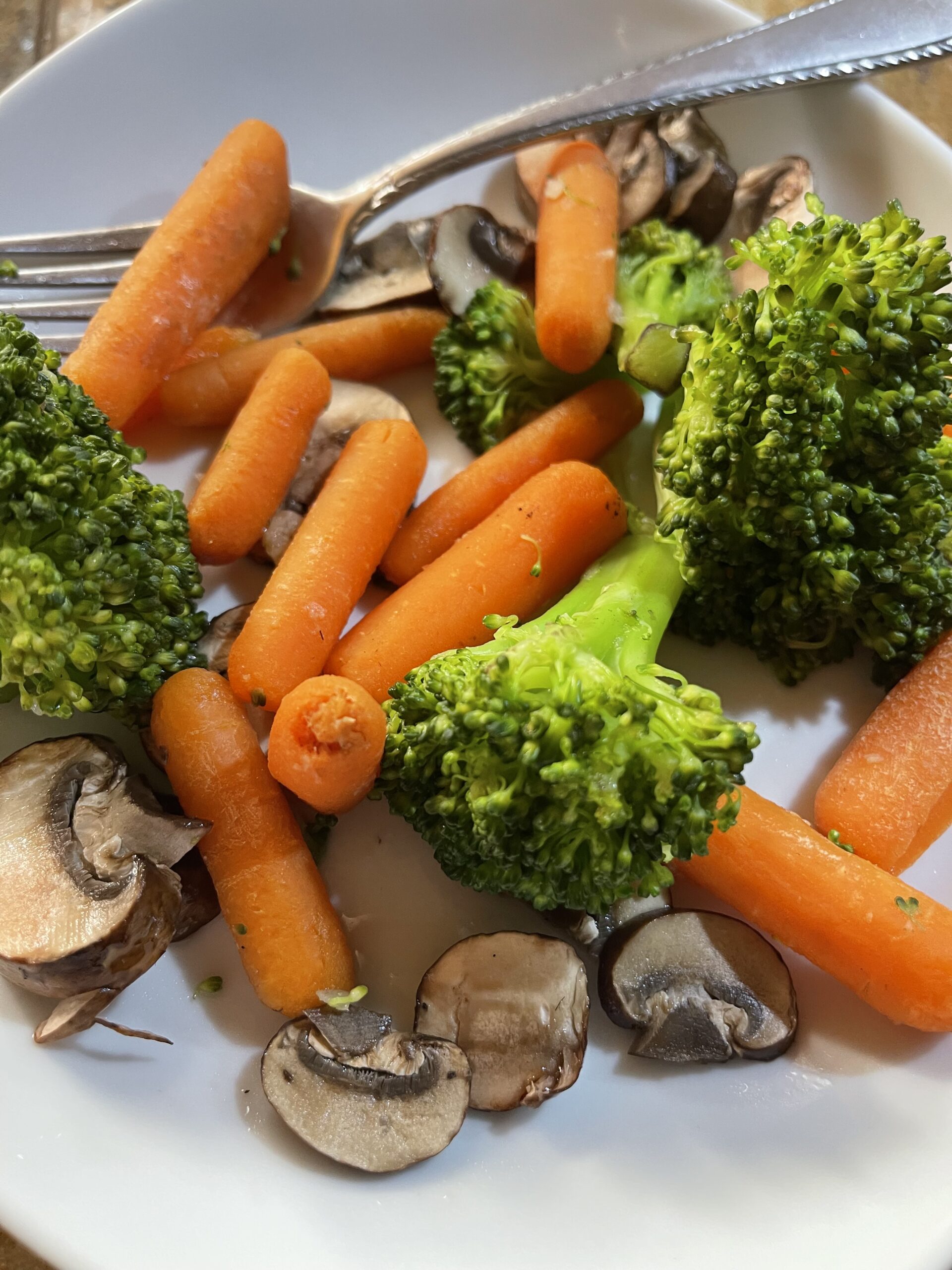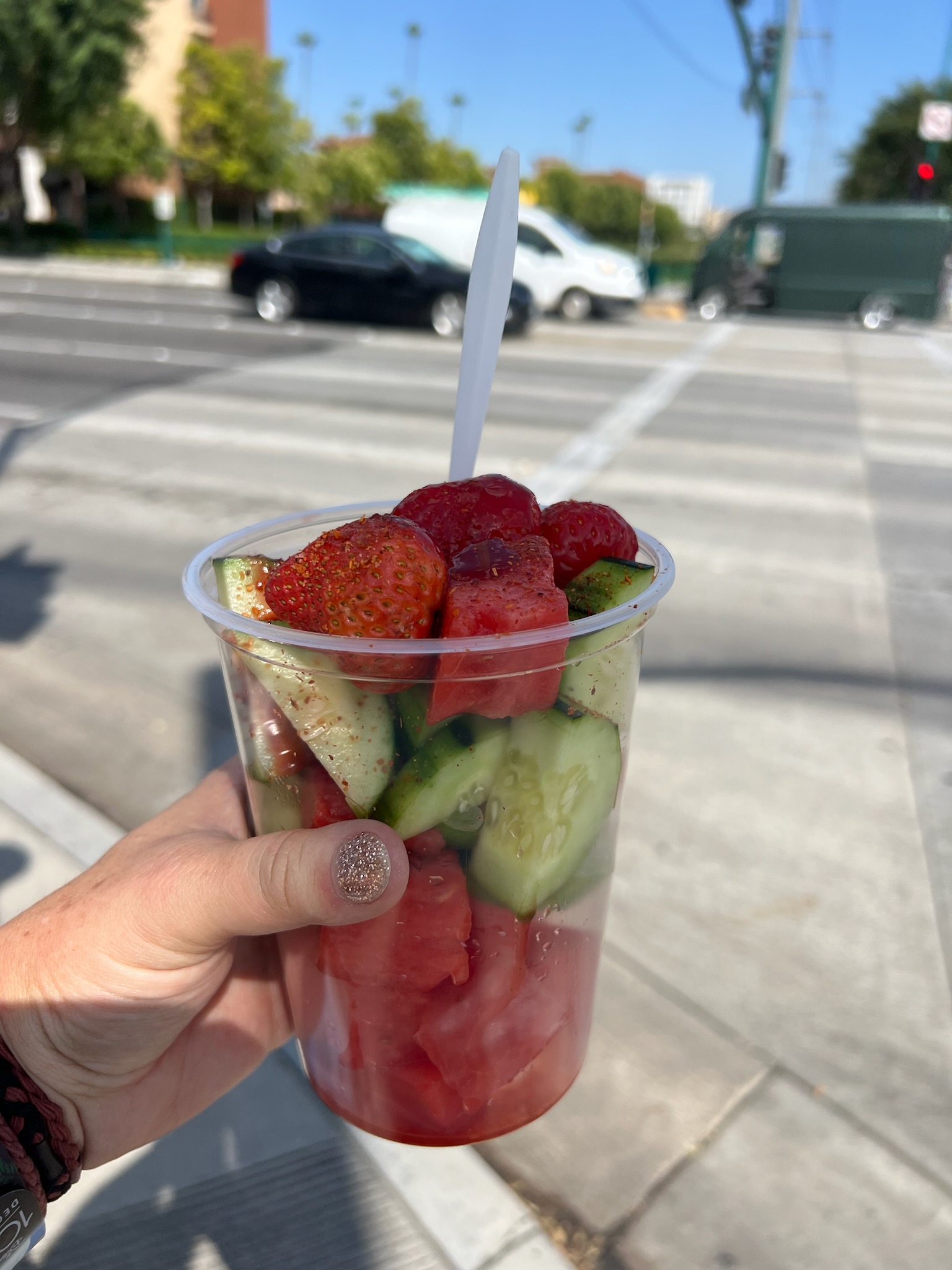Delving into the comparison between sourdough and regular bread, it becomes evident that sourdough emerges as a potentially healthier alternative. While both varieties share comparable nutrient profiles, the distinction lies in the intricacies of their composition.
Sourdough boasts lower phytate levels, a compound found in grains that can inhibit the absorption of minerals. This reduction in phytates enhances the digestibility of sourdough and increases the bioavailability of essential nutrients. Consequently, individuals may experience improved nutrient absorption from sourdough compared to regular white or whole wheat bread.
Beyond its nutritional prowess, sourdough takes center stage in promoting gut health. The fermentation process involved in sourdough preparation introduces prebiotics-substances that nourish beneficial gut bacteria. This mechanism not only fosters a harmonious gut microbiome but also contributes to overall digestive well-being.
Moreover, the potential impact on blood sugar levels adds another layer to the argument for sourdough’s health benefits. Some studies suggest that sourdough may have a lower glycemic index compared to conventional bread, implying a slower and steadier release of glucose into the bloodstream. This characteristic could be advantageous for those aiming to manage blood sugar levels more effectively.
In essence, the narrative goes beyond a simple nutrient-by-nutrient comparison. Sourdough’s unique qualities, including reduced phytates, gut-friendly prebiotics, and potential glycemic advantages, collectively position it as a compelling choice for individuals seeking a healthier bread option. As dietary preferences evolve, exploring the nuanced benefits of sourdough becomes a journey into the realm of not just sustenance but optimized nutritional well-being.
The air and water in a specific region can significantly influence the taste and characteristics of a sourdough starter. The unique microbial environment of a particular location, often referred to as the local microbiome or terroir, plays a crucial role in shaping the flavors of sourdough bread. This phenomenon is especially evident in iconic sourdough cultures like the one found in San Francisco.
The San Francisco sourdough culture, known for its distinct tangy flavor and robustness, has become legendary. The specific combination of wild yeast strains and lactic acid bacteria present in the air and water of the San Francisco region imparts a unique character to the sourdough starter. This microbial diversity contributes to the development of complex flavors and textures in the bread.
The longevity and continuity of a sourdough starter, such as the one preserved in a vault by the Boudin family for over 166 years in San Francisco, add another layer of complexity. Over time, these starters become a living ecosystem of microorganisms that have adapted to their local environment. The result is a starter with a rich history and a depth of flavor that can be challenging to replicate elsewhere.
While it’s true that starters can be transported and maintained in different regions, they may gradually adapt to the local microbiome, influencing their flavor profile. Therefore, the air, water, and environmental conditions where a sourdough starter is cultivated can indeed make a substantial difference in how the bread tastes, giving each sourdough culture its unique signature.
Embark on a culinary journey reminiscent of the past with this authentic Old-Fashioned Sourdough Bread recipe. Following the timeless approach akin to the Amish tradition of Friendship Bread, we’ll start by cultivating a robust sourdough starter, the heart and soul of this rustic bread.
Ingredients:
For the Sourdough Starter:

- 1 cup all-purpose flour or Ancient Grain
- 1 cup lukewarm water
- Pinch of Celtic sea salt
For the Sourdough Bread:
- 2 cups active sourdough starter
- 4 cups all-purpose flour
- 1 ½ cups lukewarm water
- 1 teaspoon sea salt
Instructions:
1. Creating the Sourdough Starter:
- In a glass or non-reactive container, combine 1 cup of all-purpose flour with 1 cup of lukewarm water.
- Stir thoroughly until you achieve a thick, but smooth consistency.
- Add a pinch of sea salt to enhance the fermentation process.
- Cover the container loosely with a clean cloth or plastic wrap.
- Allow the mixture to sit at room temperature for 24-48 hours, stirring occasionally. This initial spontaneous fermentation period allows the natural yeasts and bacteria to cultivate.
2. Letting the Starter Ferment:
- As your starter begins to bubble and develop a pleasant tangy aroma, it’s ready for the next step.
- To intensify the sour flavor, let the starter ferment for an additional 2-3 days, stirring once a day. The longer fermentation enhances the depth of flavor.
3. Mixing the Sourdough Bread:
- In a large mixing bowl, combine 2 cups of the active sourdough starter with 4 cups of all-purpose flour.
- Gradually add 1 ½ cups of lukewarm water, stirring continuously to form a dough.
- Sprinkle in 1 teaspoon of sea salt and knead the dough on a floured surface until smooth and elastic.
4. Proofing and Baking:
- Place the dough back into the mixing bowl, cover, and let it rise at room temperature for 4-6 hours, or until doubled in size.
- Preheat your oven to 450 °F (230 °C).
- Shape the dough into a round or oval loaf and place it in a preheated Dutch oven or on a baking stone.
- Bake for 30-40 minutes until the crust is golden brown and the bread sounds hollow when tapped.
5. Enjoy the Fruits of Your Labor:

- Allow the bread to cool before slicing.
- Revel in the rustic charm and unparalleled flavor of your homemade Old-Fashioned Sourdough Bread, crafted with patience, tradition, and minimal, wholesome ingredients.
As you savor each bite, you’ll be transported to a time when bread-making was a cherished skill passed down through generations. Embrace the simplicity, relish the tangy notes, and celebrate the connection to the roots of traditional sourdough craftsmanship. ðŸžâœ¨ #SourdoughBread #OldFashionedRecipes #HomemadeSourdough #FriendshipBread #mamavega #chewonthis




